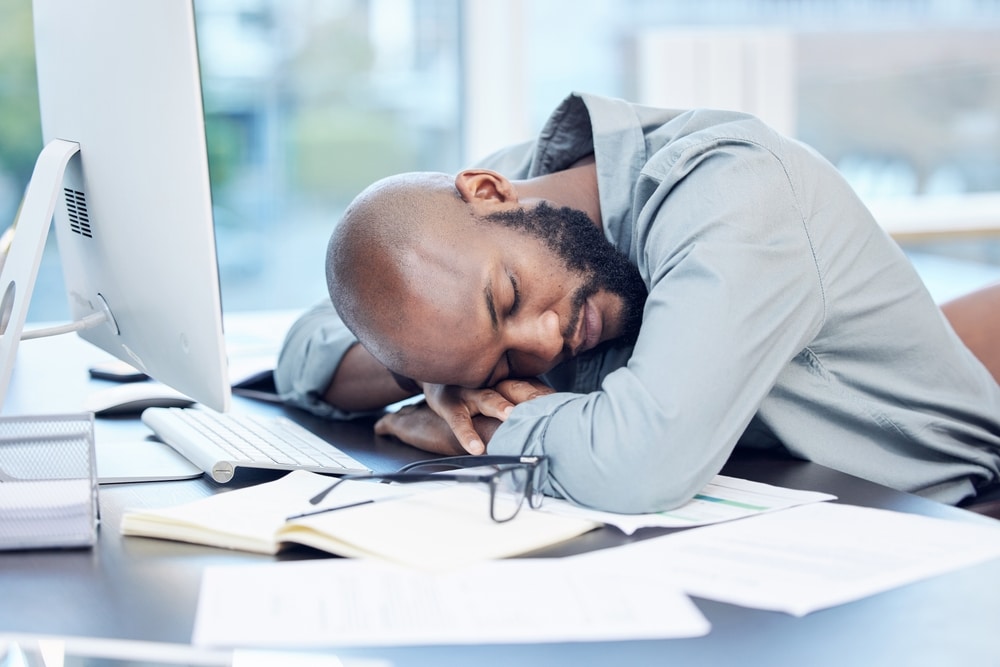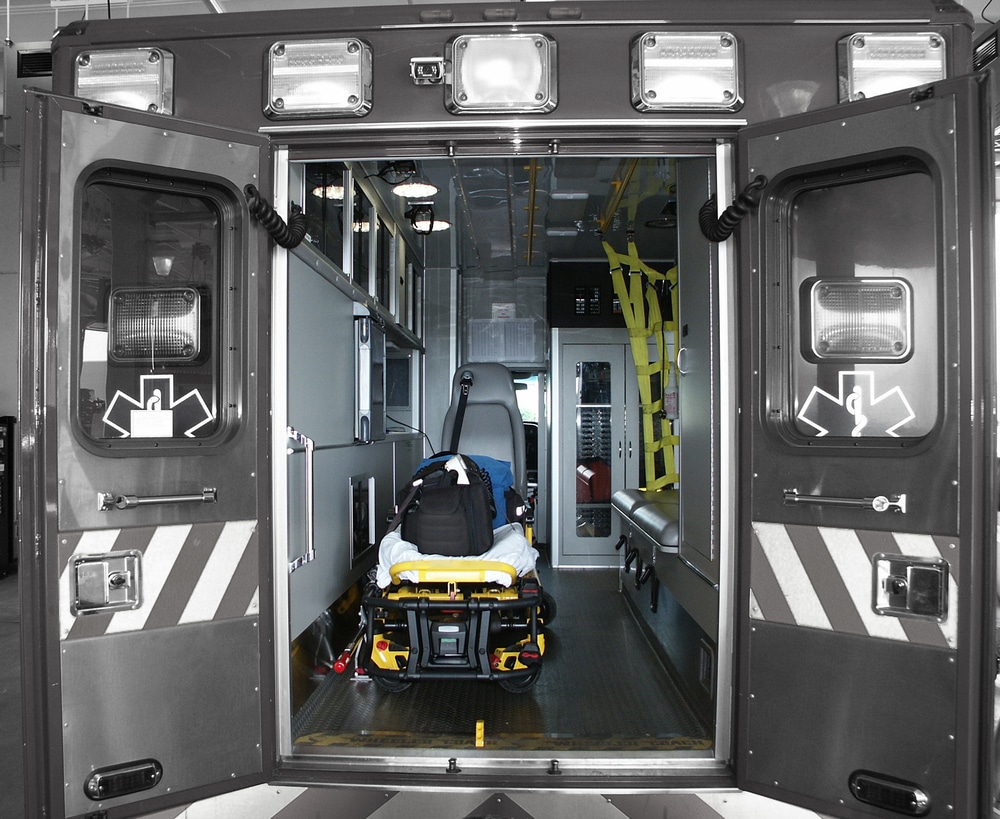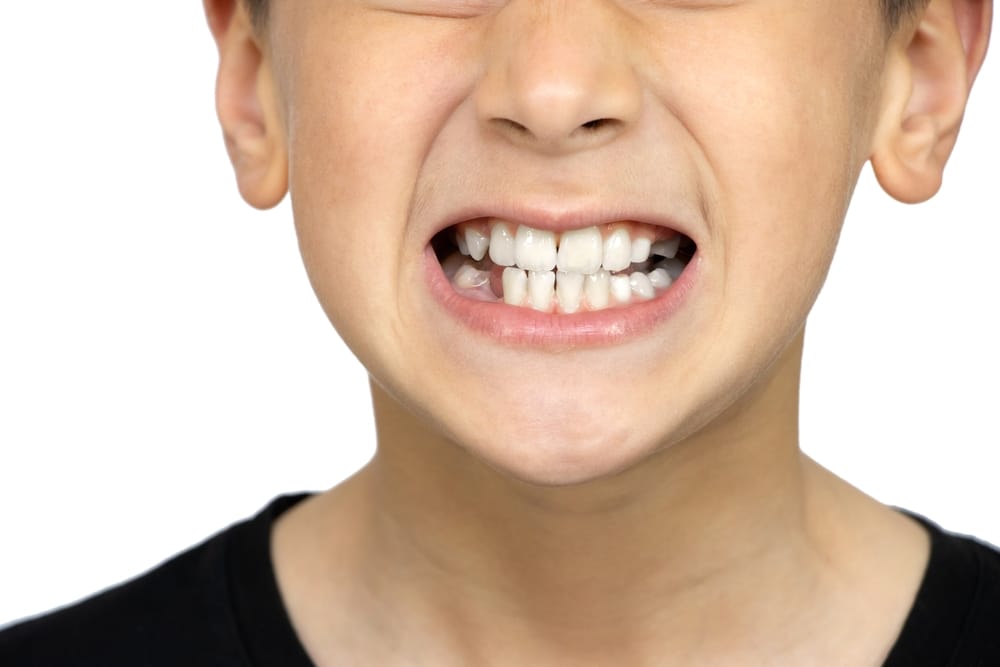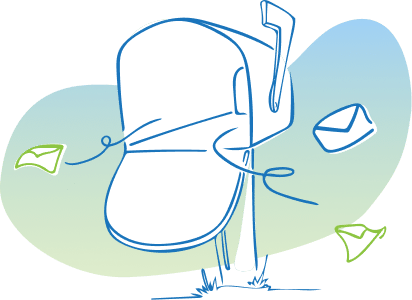Sleep apnea is a condition that affects 1 in 5 Americans regardless of social standing, body mass, or how much money you have in the bank.
There is a devastating health impact of excessive daytime sleepiness. It should be obvious that the inability to breathe and sleep at the same time will result in sudden cardiac death.
Sleep apnea is a serious medical condition that affects millions of people worldwide. It’s a sleep disorder characterized by interruptions in breathing or shallow breaths while sleeping.
These episodes can last for a few seconds to a minute, and they can occur several times throughout the night.
The National Healthy Sleep Awareness Project reported that over 25 million Americans suffer from undiagnosed and therefore untreated sleep apnea.
Sleep apnea is a condition that is directly linked to diabetes, stroke, heart disease, hypertension, obesity, and early death.
In this blog post, we will discuss the dangers of sleep apnea, including treatment options. We will also discuss its link to Carrie Fisher’s death which the coroner determined in her autopsy was due to “Sleep Apnea and other undetermined factors”. Celebrities are just people we will look at other celebrities’ experiences with sleep apnea as well.
What is Sleep Apnea?
Sleep apnea is a sleep disorder characterized by interruptions in breathing or shallow breaths while sleeping.
These episodes can last for a few seconds to over a minute, and they can occur all night long. To recover the apnea sufferer gasps awake to restore their breathing pattern. This cycle results in excessive daytime sleepiness and bed partner disturbance.
There are three types of sleep apnea: obstructive, central, and mixed sleep apnea.
A sleep specialist will calculate the severity of sleep apnea after a sleep test, by counting the number of times the patient held their breath, adding the number of shallow breaths, and dividing by how long the patient slept. this index, called Apnea-Hypopnea Index (AHI) is key to deciding how severe the sleep apnea is, and determining which therapy will be most effective.
- Severe sleep apnea means that your AHI is greater than 30 (more than 30 episodes per hour)
- Moderate sleep apnea means that your AHI is between 15 and 30
- Mild sleep apnea means that your AHI is between 5 and 15
- Normal sleep is an AHI of less than 5
Obstructive sleep apnea (OSA) is the most common type and it occurs when the muscles in the back of your throat relax during sleep and collapse into the airway and obstruct airflow despite breathing effort.
Snoring is the sound a partially collapsed airway makes.
It is important to note that not all OSA patients snore but all snorers have some sleep apnea.
Central sleep apnea (CSA) occurs when your brain just doesn’t send the signals that trigger a breath.
Mixed sleep apnea, is a period of breath hold that is followed by breathing effort but no airflow. It is a combination of both CSA and OSA.
Risk factors for sleep apnea include gender, age, neck size, obesity, smoking, drinking alcohol consumption, and certain medical conditions such as diabetes, heart disease, and high blood pressure.
The Dangers of Sleep Apnea
Untreated sleep apnea is not just an inconvenience; it’s a serious medical condition that can have severe health consequences. Here are some of the most significant dangers of sleep apnea:
- Heart disease: Sleep apnea is linked to an increased risk of heart disease, stroke, and high blood pressure. According to the American Academy of Sleep Medicine, people with sleep apnea are two to three times more likely to die from heart disease. Researchers from the Mayo Clinic found that people with obstructive sleep apnea have a peak in sudden cardiac death between midnight and 6 am.
- Accidents: Drowsy driving is a serious concern for people with sleep apnea. According to the National Highway Traffic Safety Administration, drowsy driving is a factor in up to 100,000 motor vehicle crashes each year. Additionally, people with sleep apnea are more likely to fall asleep at work, which can lead to accidents and injuries.
- Quality of life: Sleep apnea can significantly impact your quality of life. Daytime fatigue, irritability, and depression are common symptoms of sleep apnea. Additionally, sleep apnea can lead to difficulty concentrating, memory problems, and a lack of energy.

Sleep Apnea Treatment
Sleep apnea treatment is a key part of sleep apnea management. With the right sleep apnea therapy, clinical outcomes can be very successful. People with sleep apnea may sleep better, wake up feeling more refreshed, and have fewer sleep disturbances overall when their sleep apnea is managed correctly.
Furthermore, sleep apnea treatments are known to reduce excessive daytime sleepiness and increase energy levels throughout the day.
In addition to improved sleep quality, other common outcomes include decreased blood pressure levels and improved cardiovascular health. With effective sleep apnea therapy strategies, people can reap these benefits and begin to see positive changes in their overall health.
1. Continuous Positive Airway Pressure (CPAP)
CPAP therapy is the most common treatment for sleep apnea and is considered to be the most effective. CPAP involves using a machine to deliver air pressure through a mask that is worn during sleep. The delivered column of air holds the airways open, preventing apnea episodes. Rosie O’Donnell is a CPAP wearer. Rosie is widely reported to have had a life-changing experience when she tried CPAP for the first time.

2. Oral Appliances
Mandibular Advancement Device (MAD)
A mandibular advancement device (MAD) is a dental appliance that is worn in the mouth during sleep. It is designed to hold the lower jaw forward, which keeps the airway open and prevents snoring and mild to moderate sleep apnea. Oral appliances are custom-made by dentists or orthodontists and are adjustable to allow the user or their dentist to gradually increase the amount of jaw protrusion over time according to the patient’s need.
3. Surgery
Uvulopalatopharyngoplasty (UPPP)
Uvulopalatopharyngoplasty (UPPP) is a surgical procedure that involves the removal of the uvula (the small, fleshy piece of tissue that hangs down from the soft palate) and part of the palate. This surgery is typically performed in an outpatient setting and takes about 1-2 hours to complete. The recovery time for this surgery is generally 2-4 weeks.
Laser-assisted uvulopalatoplasty (LAUP)
Laser-assisted uvulopalatoplasty (LAUP) is a surgical procedure that uses a laser to remove the uvula and part of the palate. This surgery is typically performed in an outpatient setting and takes about 30 minutes to complete. The recovery time for this surgery is generally 2-4 weeks.
Tongue reduction surgery
Tongue reduction surgery is a surgical procedure that involves the removal of excess tissue from the tongue. This surgery is typically performed in an outpatient setting and takes about 1-2 hours to complete. The recovery time for this surgery is generally 2-4 weeks.
Maxillomandibular advancement (MMA)
Maxillomandibular advancement (MMA) is a surgical procedure that involves moving the jaw forward to help keep the airway open during sleep. This surgery is typically performed in an outpatient setting and takes about 1-2 hours to complete. The recovery time for this surgery is generally 4-6 weeks.
4. Weight Loss
Weight loss is often recommended as a treatment for sleep apnea, as excess weight can contribute to the condition. Losing even a small amount of weight can often help to improve sleep apnea symptoms. Adam Savage co-host of MythBusters discussed his experience with sleep apnea on Reddit in an AMA. He suggested he is one of the lucky ones who resolved his condition by losing weight (he lost 30 lbs).
5. Avoiding Alcohol and Smoking
Alcohol and smoking can both contribute to sleep apnea, so avoiding them can help treat the condition. If you do drink alcohol, it is important to do so in moderation and not close to bedtime. It is also important to quit smoking if you are a smoker.
6. Positional Therapy
Sleeping on your back can make sleep apnea worse, so changing to sleeping on your side or stomach can often help to improve symptoms. pillows or special wedges may also be used to help keep you in a side-sleeping position.
7. Adjusting Medications
Certain medications can contribute to sleep apnea, such as sedatives or beta blockers. If you are taking any medications that could be contributing to your sleep apnea, your doctor may recommend adjusting them or switching to another medication.
8. Lifestyle Changes
Making lifestyle changes, such as avoiding caffeine and getting regular exercise, can also help to reduce sleep apnea symptoms. Additionally, sticking to a consistent sleep schedule and creating a relaxing bedtime routine can be beneficial in managing sleep apnea.
Carrie Fisher’s Death and Sleep Apnea
People often underestimate the critical importance of healthy sleep. Patients often respond, Sleep Apnea?…can you die? Carrie Fisher, best known for her role as Princess Leia in the Star Wars movies, died of complications due to a sudden cardiac arrest 15 minutes before landing on an 11-hour flight from London to Los Angeles in December 2016 at the age of 60. It was later revealed that she had struggled with sleep apnea for many years.
According to her brother Todd Fisher, Carrie Fisher’s obstructive sleep apnea was “out of control” and she had been warned by her doctors that it could be fatal.
Carrie Fisher’s death is a tragic reminder of the importance of early diagnosis and treatment for obstructive sleep apnea. If left untreated, sleep apnea can lead to serious health consequences, including heart disease, stroke, and even death.
According to the American Academy of Sleep Medicine, people with untreated sleep apnea are two to three times more likely to die from heart disease, which highlights the importance of early diagnosis and treatment.

In Conclusion
Sleep apnea is a serious medical condition that affects millions of people worldwide. It’s a sleep disorder characterized by pauses in breathing or shallow breaths while sleeping.
These episodes can last for a few seconds to a minute, and they can occur several times throughout the night. The dangers of untreated sleep apnea are serious, including an increased risk of heart disease, stroke, and high blood pressure, as well as accidents and reduced quality of life.
The tragic death of Carrie Fisher, who struggled with obstructive sleep apnea for many years, is a reminder of the importance of early diagnosis and treatment.
It’s reported that Carrie Fisher tried various therapies such as continuous positive airway pressure (CPAP), and positional therapy but her lifestyle made it difficult to comply with these treatments. But she is not alone
Justice Antonin Scalia was found dead in bed he traveled with his CPAP however that night he chose not to wear it. Justice Scalia, like Carrie Fisher, was known to use body position to help him breathe while sleeping. He was found with 3 pillows in the bed with him that day perhaps he had calculated that he did not need to use his CPAP every night. Justice Scalia was diagnosed with OSA, chronic obstructive pulmonary disease, and high blood pressure, he was a smoker and had an elevated body mass. We will never know if OSA is what caused his heart attack however all the signs were there.
It’s important for anyone who suspects they may have sleep apnea to see a doctor for a proper diagnosis and to discuss treatment options.
Early diagnosis and treatment can help prevent serious health consequences and improve the quality of life for those with sleep apnea.





